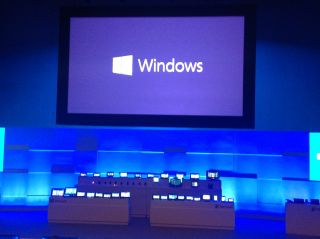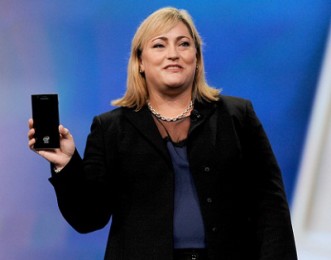 Troubled smartphone maker BlackBerry revealed its cunning plan to escape doom by becoming a security company.
Troubled smartphone maker BlackBerry revealed its cunning plan to escape doom by becoming a security company.
BlackBerry showed off a suite of security products that safeguard everything from medical gear to Hollywood movie scripts.
BlackBerry whose smartphone market share has dwindled, is trying become a little more software-focused. BlackBerry’s Chief Executive John Chen said in an interview just before an event in New York said that he was satisfied with the progress on the turnaround so far.
“I laid out the $500 million software revenue target and I’m still comfortable with that commitment for this fiscal year, it looks good,” he said.
The full turnaround he has been promising could take longer than initially promised. Going by his early timetable, BlackBerry would now be about six months away from seeing real traction from its overhaul.
Chen said he now sees it taking about 12 to 18 months for investors to reap rewards.
Analysts have been sceptical about the company’s ability to steadily and sustainably grow software revenue, even as revenues from its smartphone unit and legacy system access fees decline.
“We’re patiently building the product pipeline and the sales channel,” he said.
“There is still much work to do, I’d love for everything to move faster, but I caution people to be a bit patient because we can’t rebound in a very short period of time, no company can. We are doing all the right things for the long term and the company is out of financial trouble.”
The outfit does have a few problems as it had not set itself up as software delivery company and did not have a decent channel.
BlackBerry’s Chief Operating Officer Marty Beard, adding that measures taken in the last year have improved BlackBerry’s ability to identify and target potential clients.



















